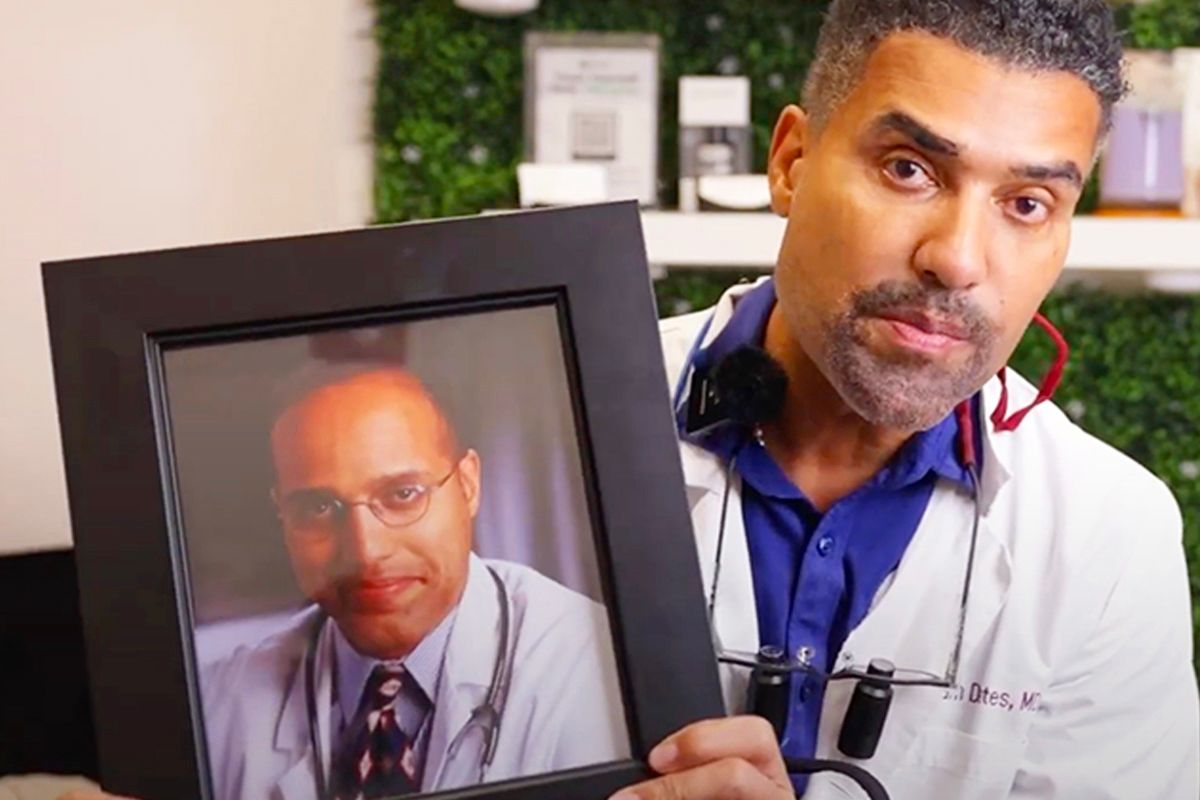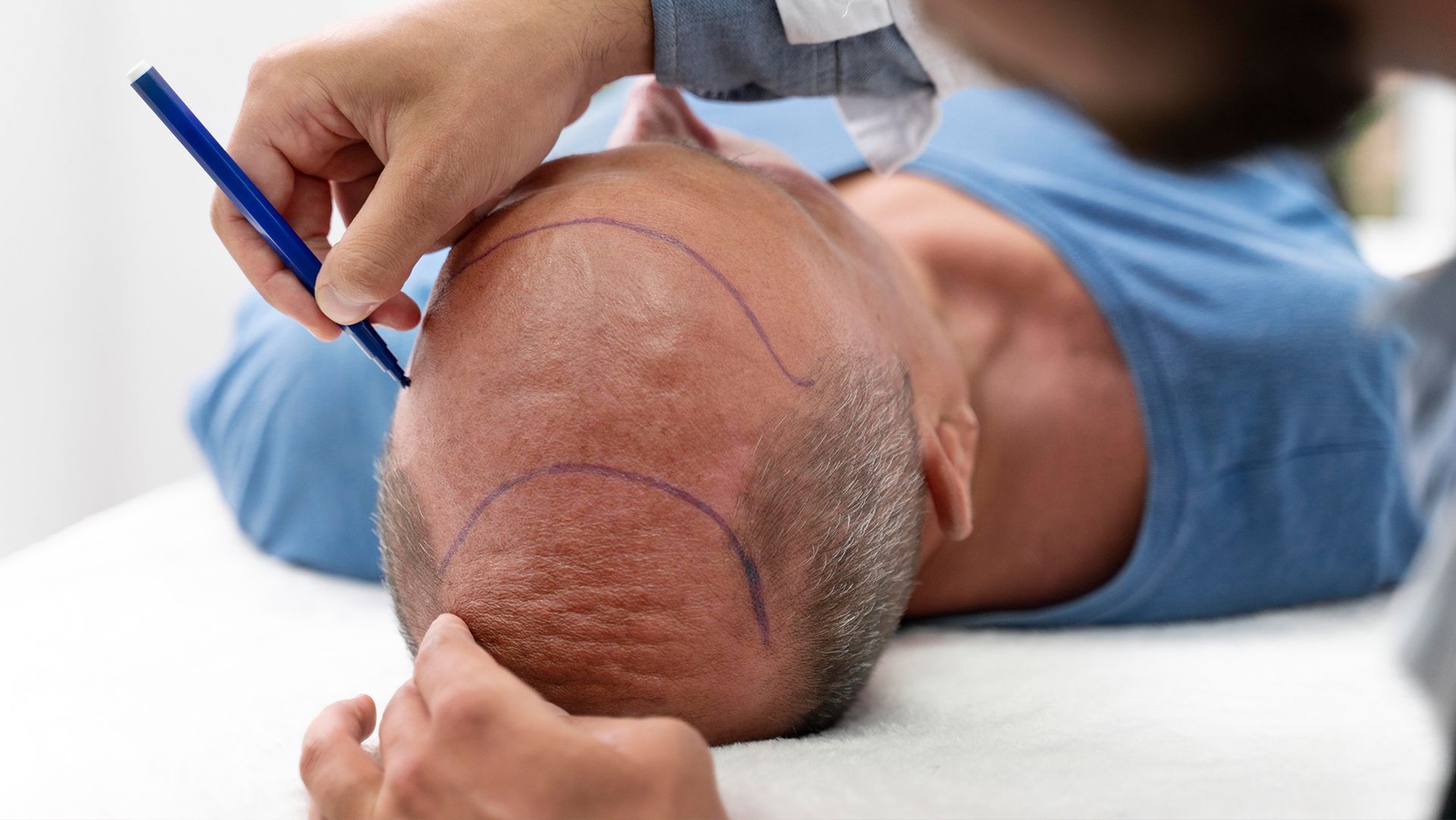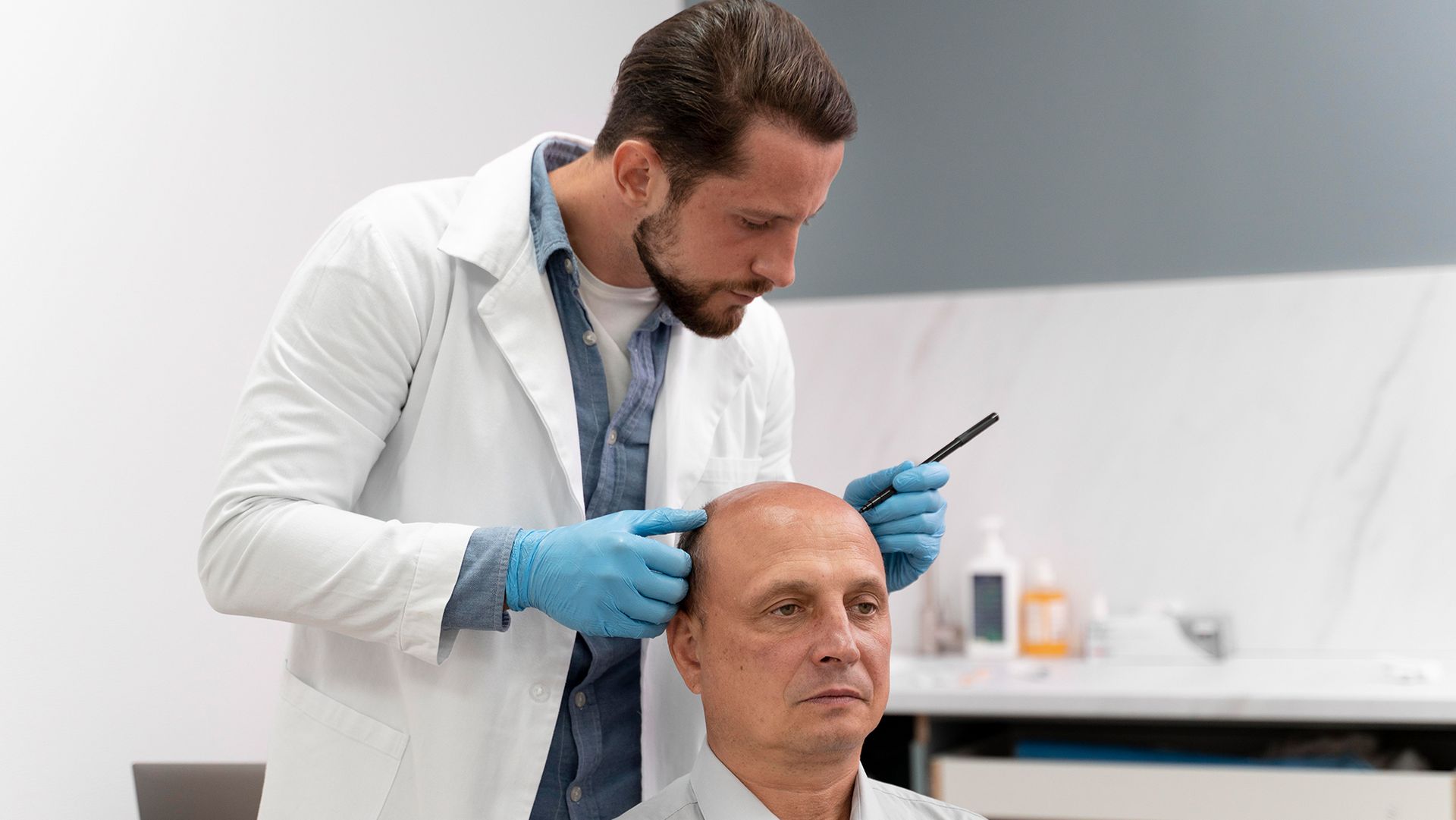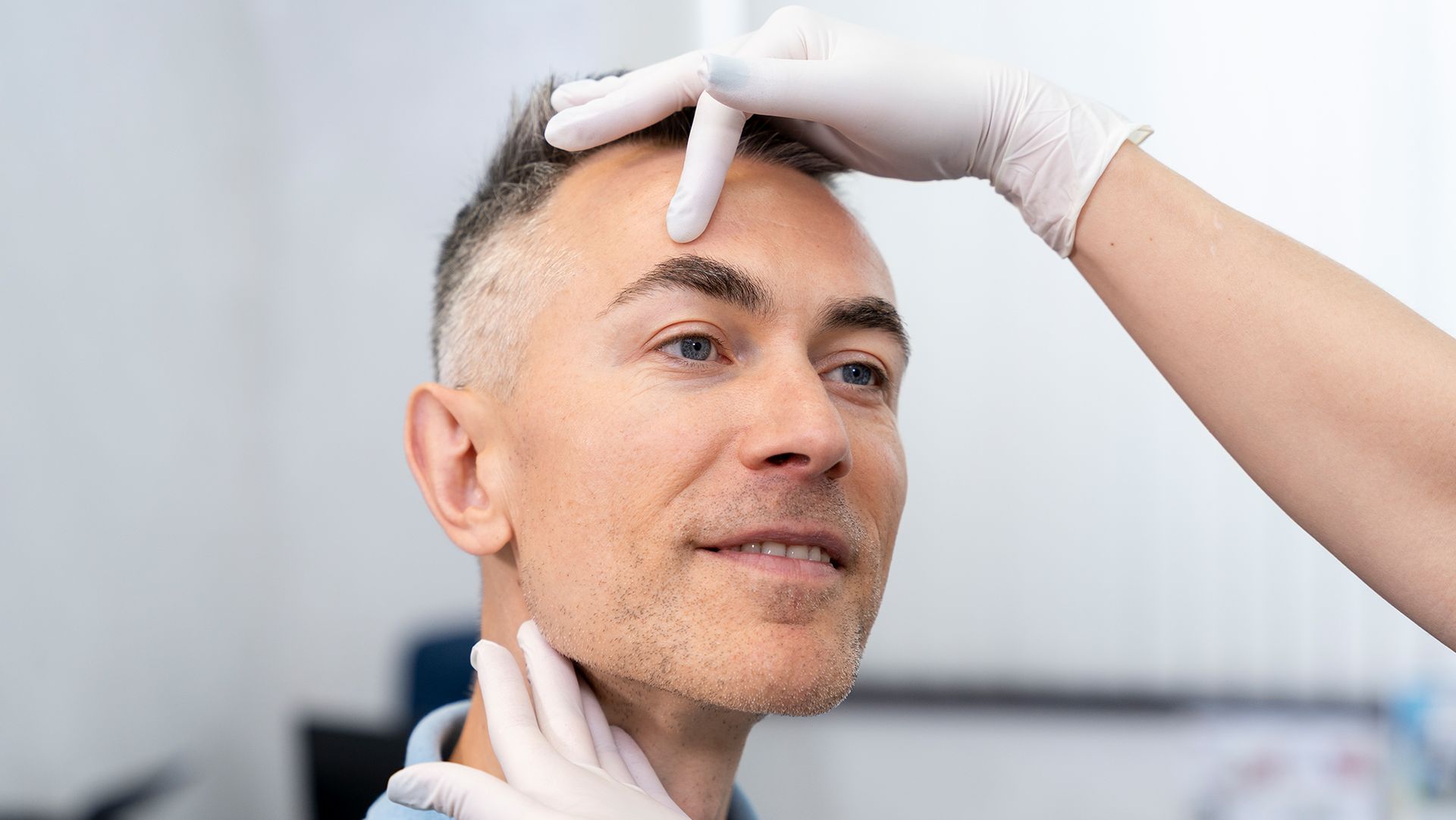Setting Expectations: Is Getting a Hair Transplant Worth It?

Are you getting a hair transplant soon and want to make sure everything is worth what you get? While it’s possible, it’s also important to remember what makes it like this.
Through this, you can set proper expectations based on your condition. At the same time, it gives you an idea of how it solves your concern.
So, what do you need to know about hair restoration and is getting a hair transplant worth it? Keep reading to get yourself started.
Are Hair Transplants Effective?
Generally, hair transplants are one of the most effective ways to address hair loss and baldness. Studies find that the percentage of hair that grows back goes from 10% to 80% but some clinics report success rates beyond 90%.
A few reasons that may affect the effectiveness of a hair transplant include where the grafts come from and the severity of your condition. So, most people recommend consulting a professional to see if a hair transplant is the best option for your case before deciding to get it.
How Do They Work?
A hair transplant is a surgical procedure that involves harvesting hair follicles from another part of your scalp or body and implanting them in thinning parts. This makes it a crucial decision since you can’t exactly turn back once you get the transplant.
There are two common types of hair transplants, which are as follows:
- Follicular Unit Transplantation: This requires your surgeon to take a strip from your scalp to harvest hair follicles, leading to scarring in a few places.
- Follicular Unit Extraction: This is less invasive for a higher cost, wherein your surgeon harvests hair follicles directly from the donor area using a different technique.
Note that the type of hair transplant you get varies based on your needs and condition. They also work better in conjunction with non-invasive treatments, allowing consistent and smoother hair regrowth.
How Much Do They Cost?
The price of a hair transplant is one of the reasons you might find yourself asking, is getting a hair transplant worth it? Compared to its non-invasive counterparts, it can cost a few thousand dollars. In most cases, it’s somewhere between $4,000 to $15,000.
Keep in mind that several factors affect the final price of your treatment, including clinic location, surgeon expertise, and more. If you want to save on expenses, you should consider these options before making a decision.
Do Hair Transplants Last Long?
One of the best things about a hair transplant is that it’s meant to be permanent. But depending on your condition, it may be long-term instead.
The type of hair transplant you receive can affect how long the results last. Even so, the time it takes for hair to grow back is usually the same.
Some people may be required to take follow-up sessions in the future if they have chronic hair loss conditions. So, a good way to ensure they sustain results is by supplementing their hair with medications or vitamins.
Full recovery also takes a while, lasting about six months to a year. Although most of the time, you can head back to regular activities and routines a few days or weeks after the transplant.
Why You Should Choose a Hair Transplant
It’s important to understand the benefits of choosing a hair transplant. This way, you can clearly picture what you’re getting yourself into.
A hair transplant is a surgical procedure, so you won’t be able to reverse the results once you get it. Because of this, many recommend taking your time to look into it to help you be extra sure about your choice. If possible, consult a professional to determine if a hair transplant is the best course of action for your case.
Either way, the following are a few general reasons why you should choose a hair transplant.
Long-Term Solution
If you’re looking for a solution to hair loss that you won’t have to worry about in the long run, a hair transplant is the best option. Because of the way it works, you can expect it to trigger natural hair regrowth.
It means getting your hair to return to its natural state, allowing the new follicles to continue growing even after time passes and hair falls. Just be wary of how much hair you lose in a day to ensure you’re not going through another phase of hair loss.
Minimal Maintenance
Some people prefer a solution to hair loss that requires little to no retouching. Because of a hair transplant’s long-lasting properties, they make a great choice for minimal maintenance.
You usually won’t need to get follow-up treatments with a hair transplant if you address hair loss sooner. But for people who have been dealing with it for a while, with a lack of donor areas, it can take a while to achieve a consistent outcome.
Moreover, follow-up appointments will help your surgeon decide the next course of action based on the results. It means they can let you know if you need extra treatments to supplement your transplant or simply need more time.
Natural-Looking Outcomes
Most people experiencing hair loss aim for a solution that produces a natural result. Rather than something that blends in easily, it refers to one that makes it look like nothing happened.
A hair transplant involves taking your own hair follicles and implanting them in a different part of your scalp. So, it stays as close to your original hair as possible, from the appearance to the way it grows.
In Summary: Is Getting a Hair Transplant Worth It?
Before you address hair loss, you might wonder, is getting a hair transplant worth it? Considering the costs and risks involved, it’s important to make a smart decision to avoid further damage.
While the answer varies, it’s generally an effective solution to hair loss and can provide you with several benefits in the long run. For some, it’s also permanent and produces outcomes that make it appear as though the hair loss was just a phase!









